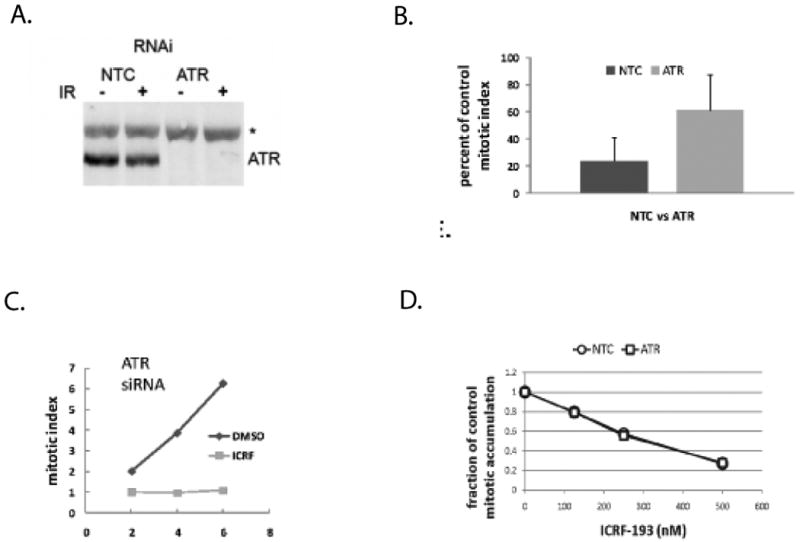Figure 1. ATR is not required for decatenation G2 checkpoint function.

Diploid fibroblast lines were electroporated with non-targeting control (NTC) siRNA or siRNA directed towards ATR. A. Cells were harvested for immunoblot analysis of ATR protein levels at 48 h after electroporation when protein depletion was maximal. Treatment with 1.5 Gy IR 30 min before harvest did not affect expression of ATR. B. NTC-treated and ATR-depleted NHDFs were incubated with 4 μM ICRF-193 for 15 min, then further incubated in drug-free medium for 2 h before cell harvest for quantification of phospho-histone H3+ mitotic cells by flow cytometry. Results show the mean reductions in the mitotic index in ICRF-193-treated NHF1hTERT cells relative to DMSO-treated controls (+sd, n=4). Depletion of ATR appeared to attenuate the ICRF-193-induced inhibition of the emptying of the mitotic compartment. C. NTC-treated and ATR-depleted NHF1hTERT cells were incubated with 100 ng/ml colcemid for 0-6 hours and the percentage of mitotic cells was measured by flow cytometry. Inclusion of 4 μM ICRF-193 during incubation with colcemid blocked the accumulation of mitotic cells in ATR-depleted fibroblasts, suggesting that ATR is not required to prevent mitotic entry in the presence of catalytically inactive topo II. Results are representative of three independent experiments. D. ATR-depleted NHF1hTERT fibroblasts were incubated for 6 h with colcemid and increasing concentrations of ICRF-193. The percentage of mitotic cells that accumulated with colcemid alone was determined, and the mitotic index in ICRF-193-treated cells is expressed as a fraction of the DMSO-treated control value. ATR-depleted cells displayed the same sensitivity to ICRF-193-induced G2 delay as the NTC-treated counterparts, suggesting that ATR does not play a role in decatenation G2 checkpoint function, even at lower doses of ICRF-193 exposure.
